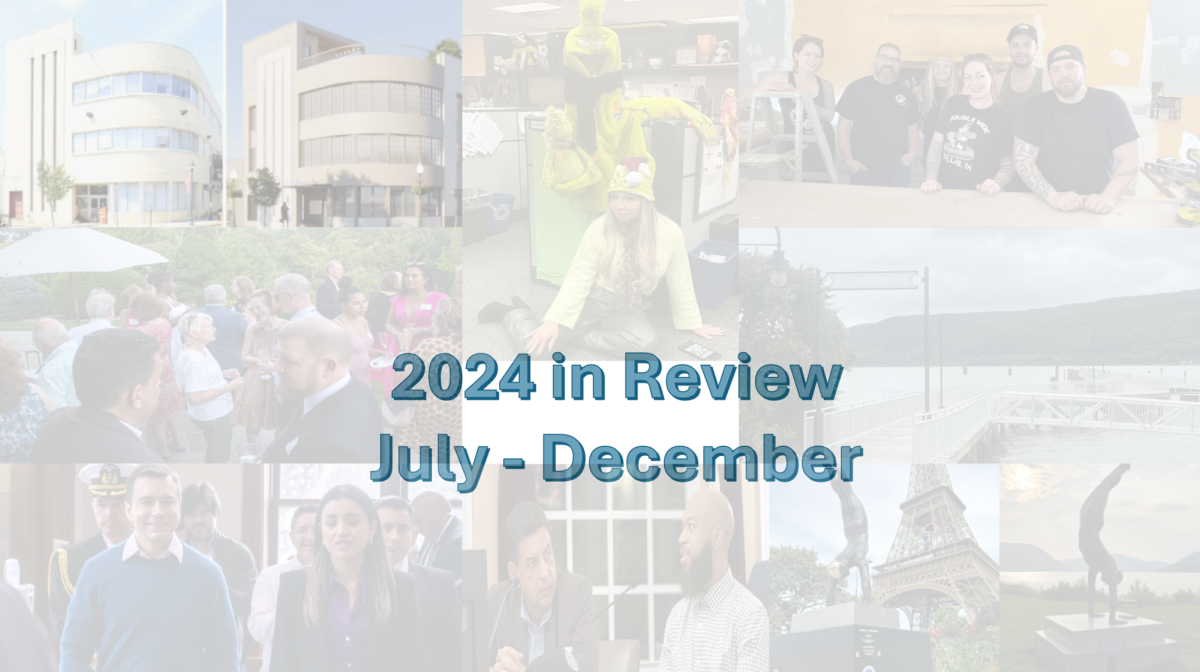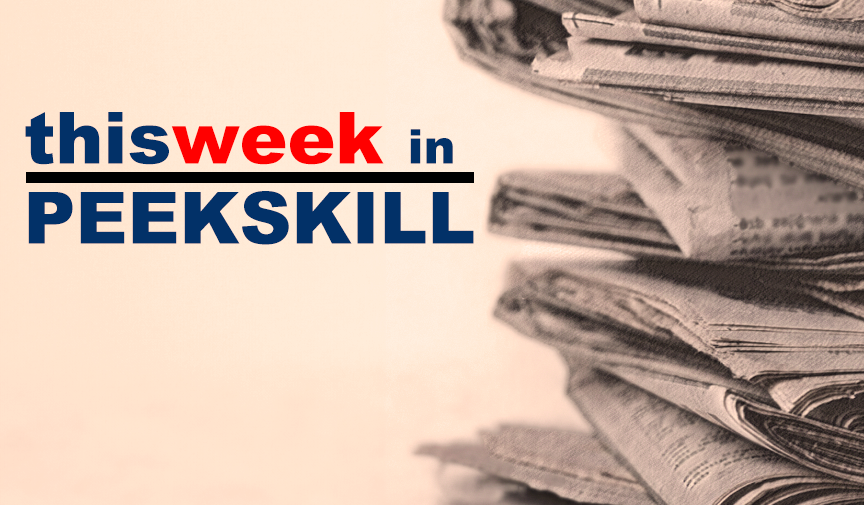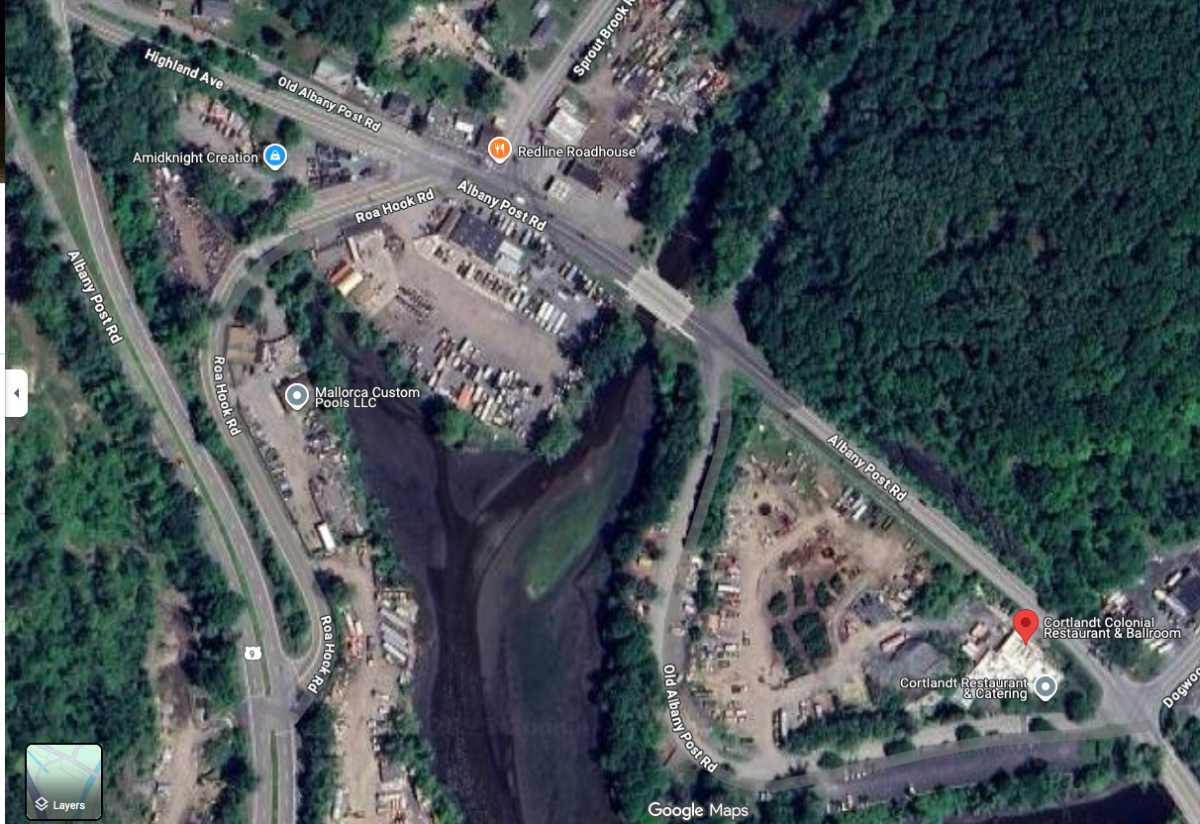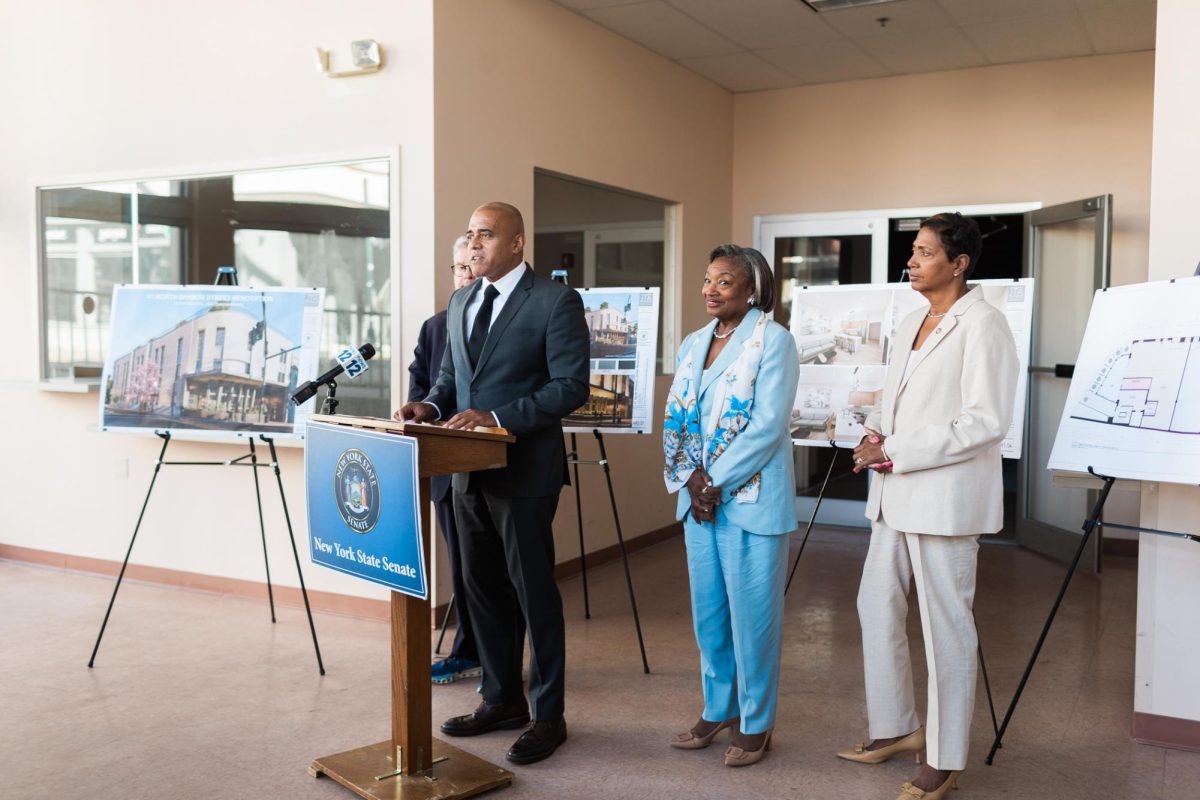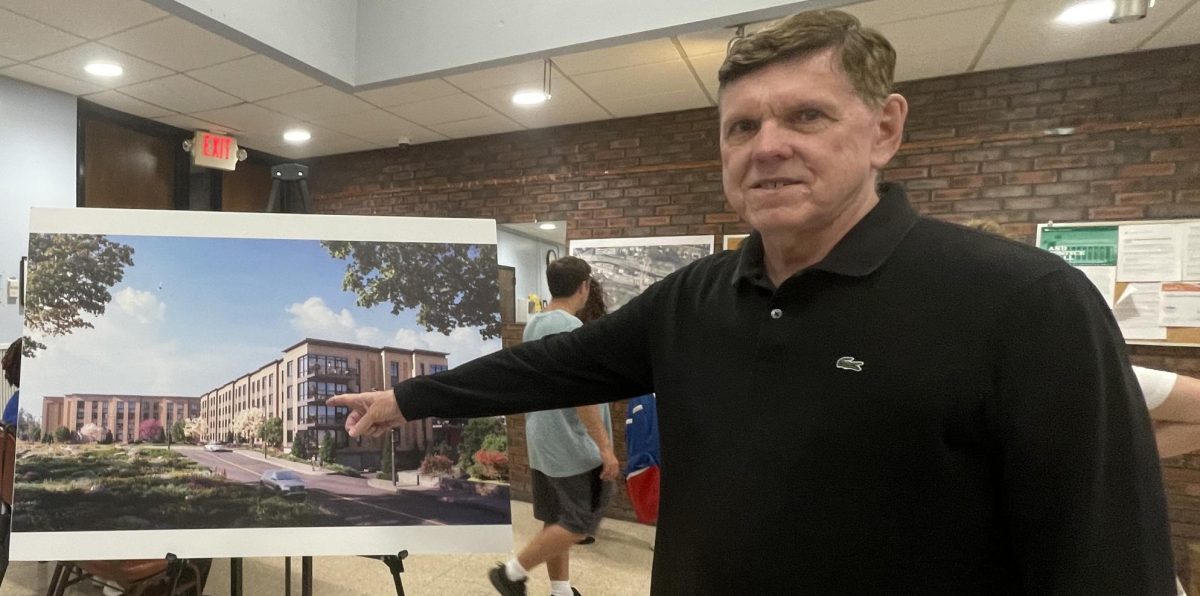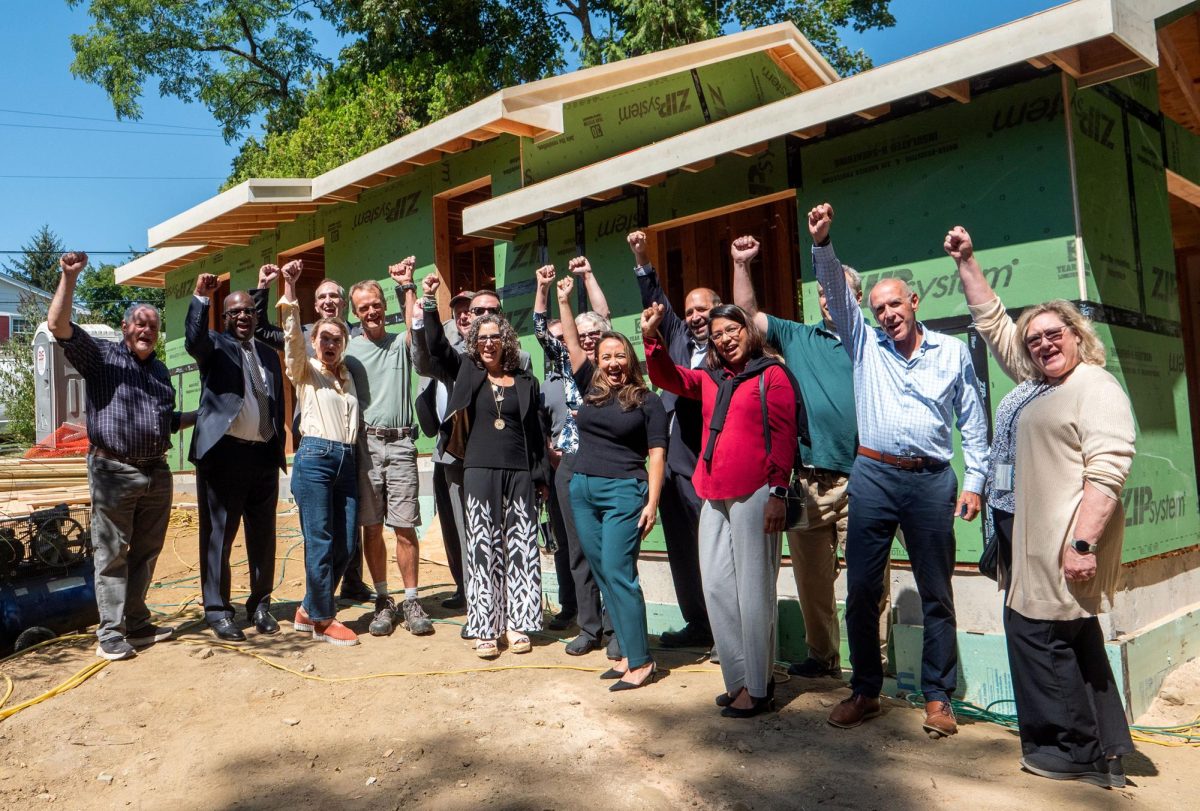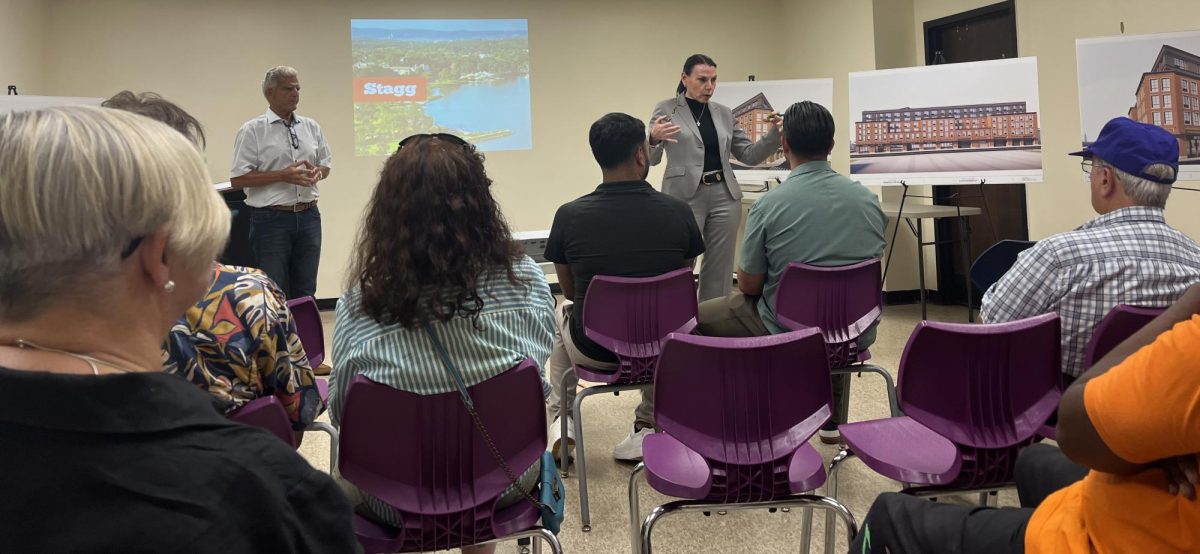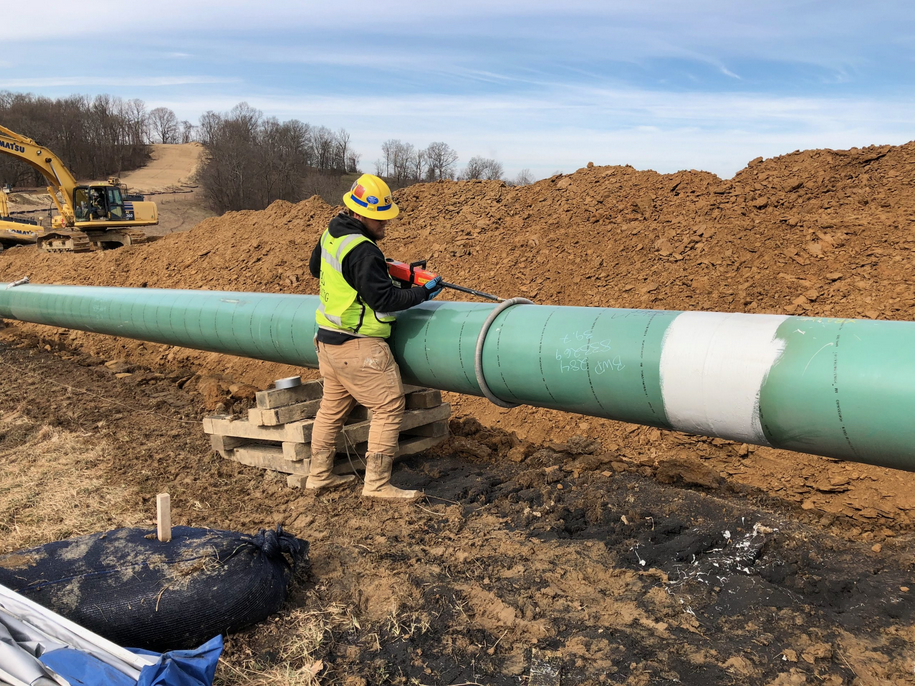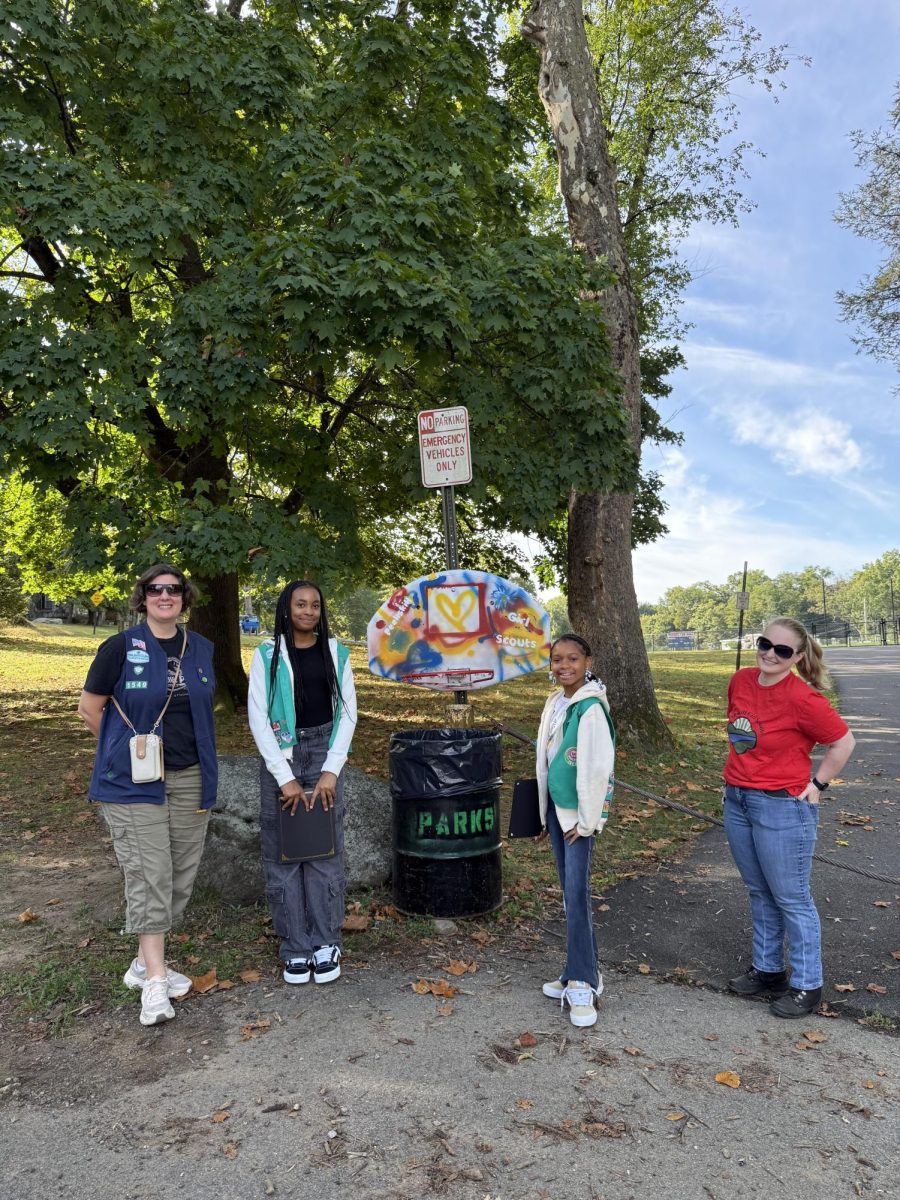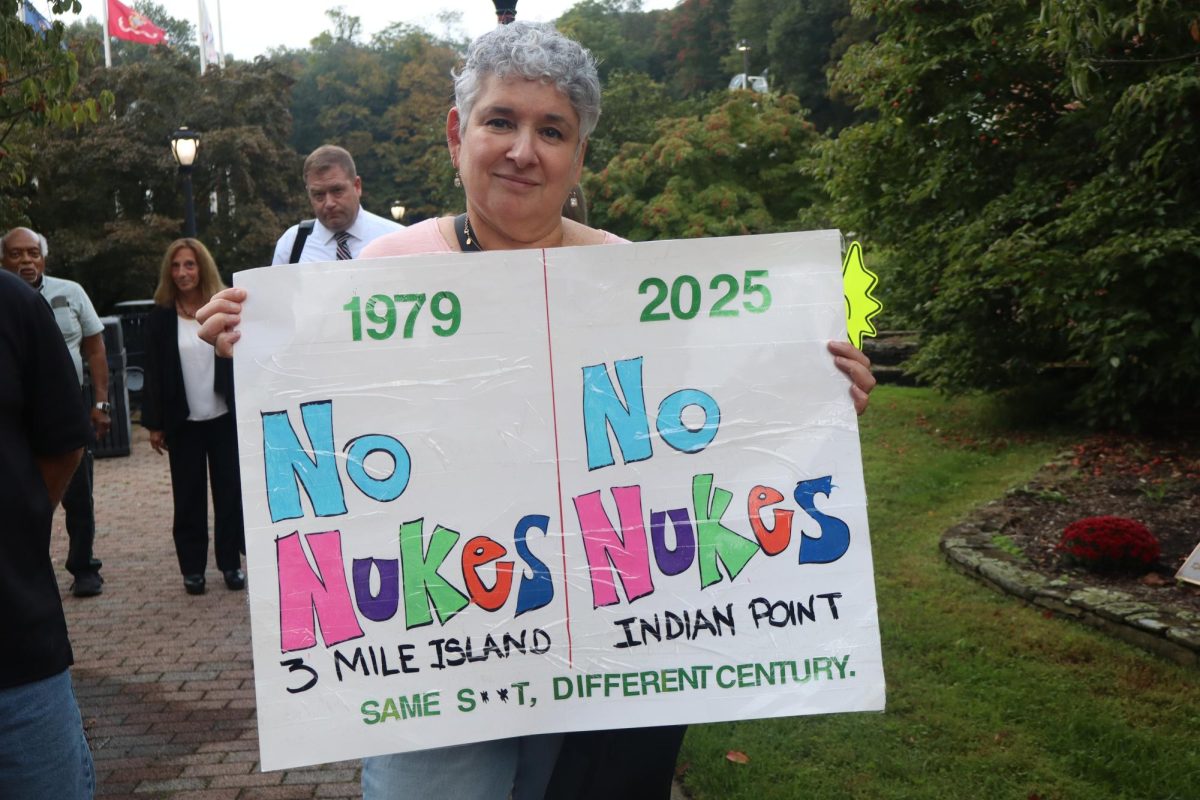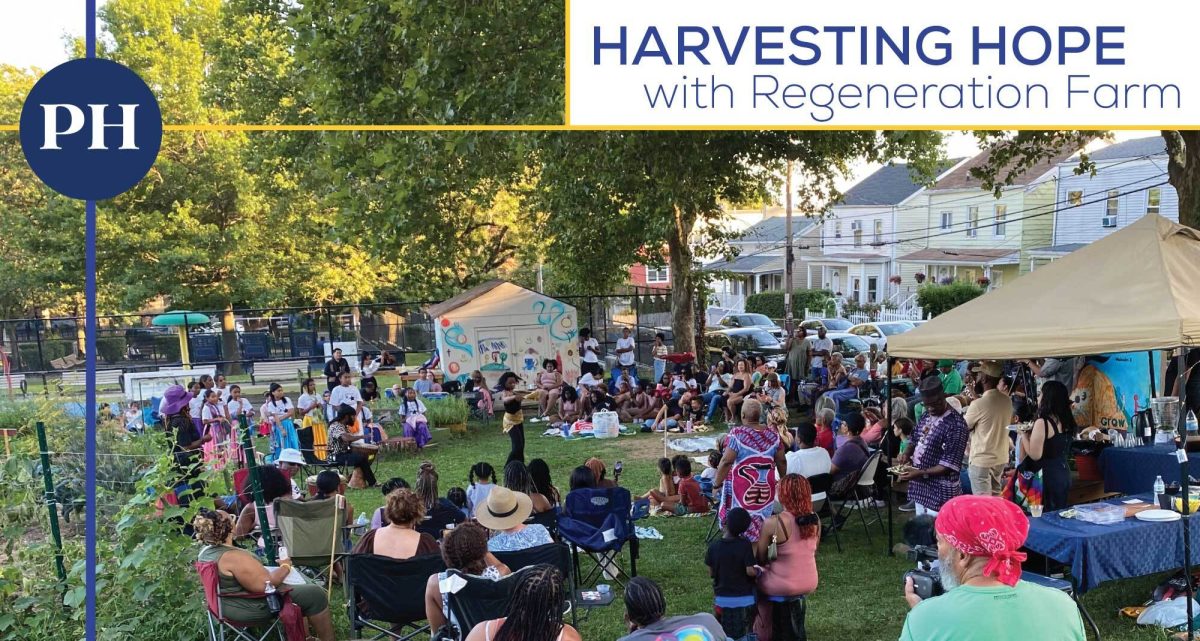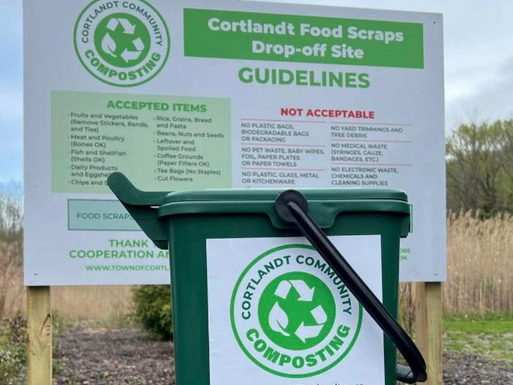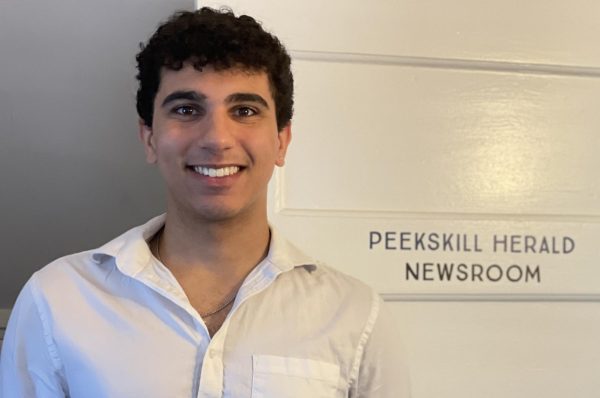Editor’s Note: This story was reported and written by Ray DePaul, the Herald’s Newmark Journalism School intern. Funding was provided by New York Community Trust – Westchester.
It was the hottest of summers, it was the coolest of summers, it was the age of energy consumption, it was the age of conservation, it was the epoch of innovation, it was the epoch of status quo.
In our age of ever increasing complexity, polarization, and extreme weather events, finding ways to bridge gaps and build flexibility into our lives becomes crucial.
That’s the challenge for New York State’s electrical power infrastructure. It has been a “tale of two grids.” The electrical grid in upstate New York already utilizes about 90 percent of renewable energy sources and is far less reliant on fossil fuels to supply power. For New York City, the exact inverse is true. Importantly, the two grids are also largely separate.
Local temperatures last week – the hottest of the year so far – reached the mid-90s with a ‘real feel’ of more than 100 degrees. Homes and businesses had fans and air conditioners running continuously to beat the heat. The reverberations on the electrical grids are numerous.
Such increasing demands for power strain the existing electrical grids, increase the risk of power outages and also exacerbate all the environmental complications of energy production and delivery. The growing demand will make it all the more challenging to meet New York State’s already tough commitment to become 100 percent carbon-free by 2040, as set by the 2019 Climate Leadership and Community Protection Act.
Two projects under the Hudson
One major project to strengthen the state’s energy supply, unify the two grids and provide more power with a strong renewable energy focus is Clean Path NY (CPNY), a private/public infrastructure project building a new 175-mile underground and underwater transmission line that will bring wind and solar energy from upstate and western New York to New York City. The application for the project includes 20-mile-long cables in the Hudson River and was submitted to the state for Article Seven review in October 2022 and is projected to finish in 2027.
A second project working to amplify the renewable energy goals set by the state is the 339-mile Champlain Hudson Power Express (CHPE). This project has already begun construction and includes buried cable lines within the Hudson River, traveling from the U.S.-Canadian border to the Astoria Converter Station in Queens, NY.
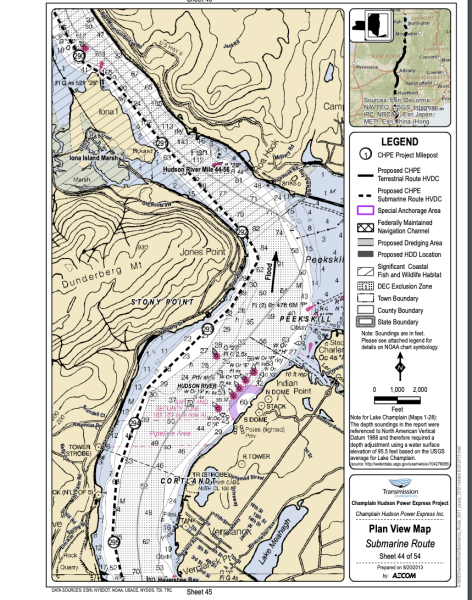
For the Clean Path project, still in review, the cables will enter the Hudson River at Newburgh-Beacon Bridge and then continue south and exit at Charles Point in Peekskill. According to CPNY plans, the cable will come ashore at 5 John Walsh Blvd and continue southward down Route 9 and Broadway. The cables will then continue underground adjacent to existing utility right-of-ways, traveling only through land already owned by the state’s Department of Transportation, and terminate at the Astoria Energy Complex in Queens, NY.
The project is still under Article Seven review by the NYS Department of Public Service, so there is no indication yet of when the cables will make landfall in Peekskill.

Natural energy sources – wind, solar, hydro and tidal – can be replenished indefinitely, in contrast to the traditional fossil fuel energy sources – gas, coal and oil. Together, fossil fuels currently supply much of the energy to many areas in the southern part of the state. Moving to renewable energy is integral to the fight against climate change. Fortunately, the cost of renewable energy sources has decreased in the last few years.
Clean Path NY will address the two-grid imbalance by taking energy from more than 20 wind and solar projects across upstate and western New York and transporting it via the cables to Queens. This will deliver New York City 7.5 million megawatt hours of renewable energy annually and will reduce fossil fuel-fired emissions from the statewide electric grid by around 22 percent per year on average, according to the Clean Path NY website. Importantly, the new cables also help unify the two grids statewide and can transmit energy both downstate and upstate, increasing flexibility of where power is allocated.
The Champlain Hudson Power Express project’s cables – anticipated to power over a million New York City homes – are about 60 percent under water and 40 percent buried underground, all while using the Department of Transportation’s right-of-ways.
Renewable energy projects can create thousands of new jobs. Clean Path NY, for instance, claims that it will help generate 8,300 new jobs due to its cable line, wind and solar projects. Champlain Hudson Power Express expects that there will be 23 billion dollars in economic output during its first 25 years of operation.
Challenges of using cables
Increased use of renewable power sources and a strengthened electrical grid do come with challenges. Under the Hudson River, Clean Path NY’s large cylindrical cables will be buried at depths of around seven feet below the riverbed, a distance determined to minimize effects on wildlife.
For example, running cables through the Hudson River’s riverbed creates its own set of environmental challenges. Cables – even buried underneath concrete mattresses – can harm marine life by introducing non-native species, causing heat emission that deters animals from their normal habitats and upsetting water quality, according to the Synthesis of Environmental Effects Research (SEER).

RiverKeeper, an advocacy organization that acts as a “voice for the river” for any project planned for the Hudson River, is keeping a close eye on the project. Drew Gamils, RiverKeeper’s staff attorney, says, “I want to make sure that [they’re] mitigating any impacts to the maximum extent possible.”
To minimize the effects of electromagnetic fields and avoid disturbance to wildlife in the river, a review concluded cables should be buried around 20 feet underneath the riverbed. The study was specifically requested by RiverKeeper and Scenic Hudson, Inc., another nonprofit organization concerned with the health of the Hudson River.
The study emphasized a lack of research regarding electromagnetic fields on organisms in their early stages of life and advised Clean Path NY to be cautious to properly mitigate any harm from the project to organisms.
RiverKeeper routinely meets with a board of other concerned parties, including people, businesses and organizations. However, approaching the situation with questions is not limited to just those attending the meetings.
Currently, the project is under Article Seven review, a permit process where the plan is evaluated for its effects on the environment. As a part of the full review, the Public Service Commission conducts a robust environmental analysis, underground and underwater transmission impacts and – perhaps most significant to people living on the cables’ path – a check to ensure after completion the cable lines are not “perceptible to local communities.”
Informing citizens about ramifications of the project
For everyone dependent on a reliable source of electrical power, understanding the implications of this project is important.
“One of the crucial issues with green energy is that we do not repeat the same patterns that we had with fossil fuels,” said Melissa Checker, professor of environmental justice at CUNY Graduate School in New York. “Where we’re just putting all of the unwanted byproducts into communities that do not have the resources to fight back or protect themselves against it.”
“The challenge is really to try to do it differently and more equitably.”
To that end, Clean Path NY hosted several open houses and public statement hearings to receive feedback from populations most affected, which in large-scale public works are often low-income groups and communities of color. Clean Path said they’ve held nearly 300 meetings with stakeholders and thirty open house sessions in all the counties adjacent to the proposed routing of the transmission link. Such meetings can be invaluable in soliciting input on the project’s design and development and can help keep communities informed on the project’s progress.
An open house was held in Peekskill’s Field Library in 2022, with two sessions, one in the morning and one in the evening. How CPNY can benefit the public health of a community, the proposed locations of the facilities and its economic impacts and benefits were among some of the topics discussed in both sessions.
Champlain Hudson Power Express is hosting two community meetings to explain the technology, vessels, and project schedule for project installation in the Hudson. Members of the public are encouraged to attend the first meeting this Monday, July 29 at the Tarrytown Senior Center, 240 W. Main Street, Tarrytown from 6 pm to 8 pm. The second meeting is scheduled for Tuesday, July 30 at the Kingston Best Western, 503 Washington Avenue, Kingston, from 6 to 8 p.m. Members of the public who can’t attend in person will be able to view a webinar from CHPE that will be available after the open houses.
Amy Varghese, Clean Path NY’s vice president of external affairs, said CPNY is concerned with how communities are impacted “every step of the way.” Though yet unclear, it appears that these community meetings will continue until development is finished.
Turnout at such events can vary, according to Melissa Checker, the professor who studies the uneven distribution of environmental benefits and burdens on populations. Familiar with projects that have made similar claims, her doubt is founded in past cases of environmental injustice. Such meetings are often hosted during normal working hours, in the middle of summer or at an inconvenient location, among other issues, Checker said. All of these factors may contribute to lower turnout or deter hearing diverse voices and opinions.
The community engagement aspect is key to the project, and Clear Path NY said scheduling these meetings included taking into account both childcare and work schedules to enhance participation as much as possible.
Another benefit of the Clean Path NY project will be the creation of a $270 million Community Investment Fund dedicated to advancing workforce and economic pathways into the green economy. Forty percent of the community benefits must be spent in distressed communities identified in the 2020 census. These communities are identified through 45 unique criteria, including income, racial identity, health outcomes & sensitivities and housing mobility.
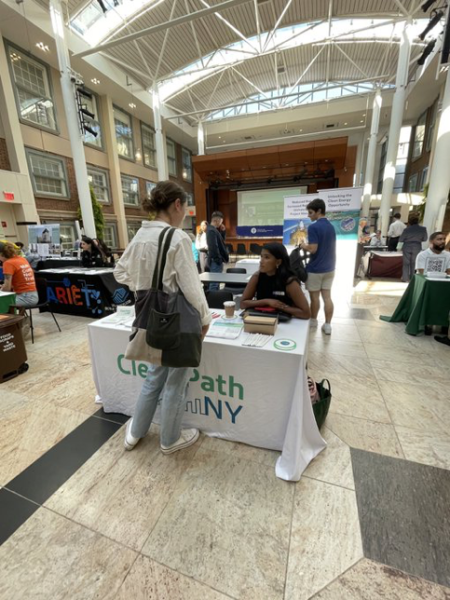
“All of us are going to have to live with some disruptions as we put these lines in place,” said Assemblywoman Levenberg. “I think that they are doing a good job, and I hope that they will continue to work very closely with the communities where there are impacts.”
“[CPNY must] make sure that they’re using their Community Fund to provide something great for the community,” Levenberg added. “It will help offset whatever other disruptions occur.”
Both Clean Path and the Champlain Hudson Power Express projects also help fill an energy gap created when approximately 2,000 emissions-free megawatts of power were lost as a result of the Indian Point power plant in Buchanan shutting down in 2021, according to the New York Independent System Operator (NYISO). Levenberg notes that this will help replace the energy lost.
As summer temperatures continue to reach new heights each year, it is no surprise that the region is projected to increasingly exceed energy usage. With the removal of Indian Point and other power plants, around 30 percent of the energy required to support summer demand has vanished.
With projects like Clean Path NY and Champlain Hudson Power Express, New York State’s ‘tale of two grids’ has the opportunity to become a story of one unified and strengthened power grid, with greater resilience and increased sources of renewable energy.
The clock is ticking.
Editor’s Note: This story was updated to include information that Clean Path’s energy was coming from 20 wind and solar projects across upstate and western New York, not specifically Delaware County. The project submitted its Article Seven application with the state in October 2022 and the expected 8300 new jobs are connected to the cable line, and wind and solar projects. Clean Path anticipates reducing fossil fuel-fired emissions from the statewide electric grid, not specifically New York City.






